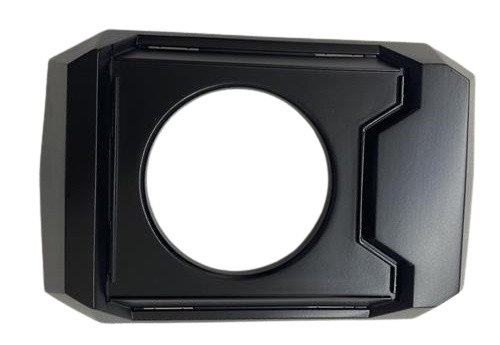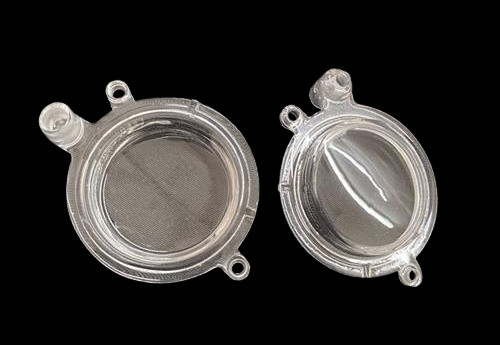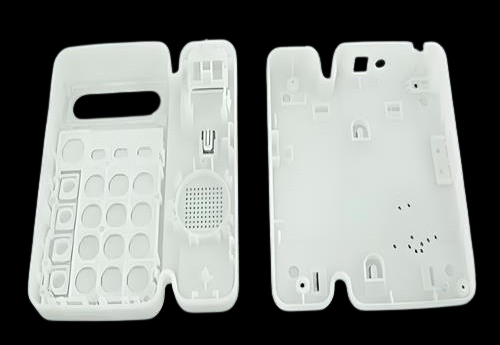On-demand 3D printing for rapid prototyping and production in as fast as 1 day. Get an instant 3D printing quote and part’s tolerances down to ±0.2 mm.
01.
Rapid quotes in 24 hours
02.
Parts delivered in 1 day
03.
No MOQ
04
30+materials and finishes
Our 3D Printing Processes

Stereolithography (SLA)
An ultraviolet laser meticulously traces onto liquid thermoset resin, building precise layers to form the final components.

Selective Laser Sintering (SLS)
Utilizes a CO2 laser to fuse nylon-based powder, building it layer by layer until the final thermoplastic parts are constructed.

Fused Deposition Modeling (FDM)
Employs a thermoplastic filament, which is heated and extruded, layer by layer, to construct durable parts.

Multi Jet Fusion (MJF)
Employs an inkjet array to apply fusing agents to nylon powder, consolidating it layer by layer to create robust thermoplastic parts.
3D Printing materials

Typically used in Stereolithography (SLA), this photopolymer hardens when exposed to specific wavelengths of light, usually ultraviolet (UV). It is highly valued for its ability to capture intricate details and produce smooth surface finishes directly from the printer.
- Standard Resins
- Engineering Resins
- Dental and Medical Resins

Biodegradable and made from renewable resources, PLA is popular for its ease of use in FDM printing. It has a low melting point and is good for prototypes, non-functional models, and educational projects.
- NatureWorks
- m-PLA
- CR-PLA

Used in both FDM and powder-based printing technologies like MJF and SLS. Nylon is flexible, strong, and resistant to abrasion, making it ideal for functional parts and mechanical components.
- PA 11
- PA 12
- PA 12 +40% Glass-Filled

Polycarbonate(PC) is a versatile material choice, offering stiff parts with excellent heat deflection. Multiple polycarbonate-like materials are available through SLA process.
C11000(ETP, T2)
C10100(OFHC)
C12200(DHP)

A variety of Shore-A harnesses silicone can be used for 3D printing because of its
- Exceptional Tear Resistance– Ideal for soft-touch applications
- High-Temperature Stability – Withstands extreme conditions
- Medical & Industrial Grade Options – Safe and durable for diverse applications
* For materials not shown here, please get in touch with us directly
3D Printing Surface
Select the appropriate finish based on the part’s function. Rough prototypes may not require additional treatment; however, for parts that are visible or functional, surface treatment is highly recommended to enhance their performance and appearance.
Supported surfaces are sanded down to eliminate the support nibs.
Supported surfaces are sanded, and the entire part is fine for a consistent look.
After smoothing the part, paint with the colour according to your request.
Silkscreen can be used to add a logo or other graphics to boost cosmetics or function